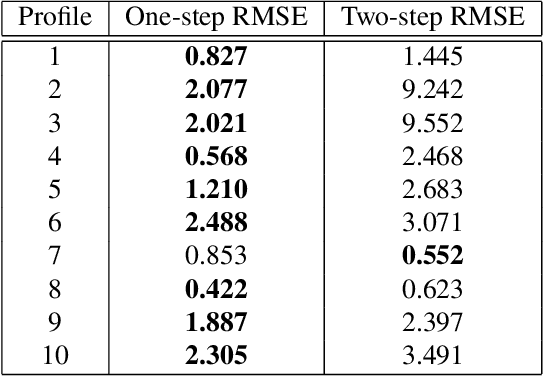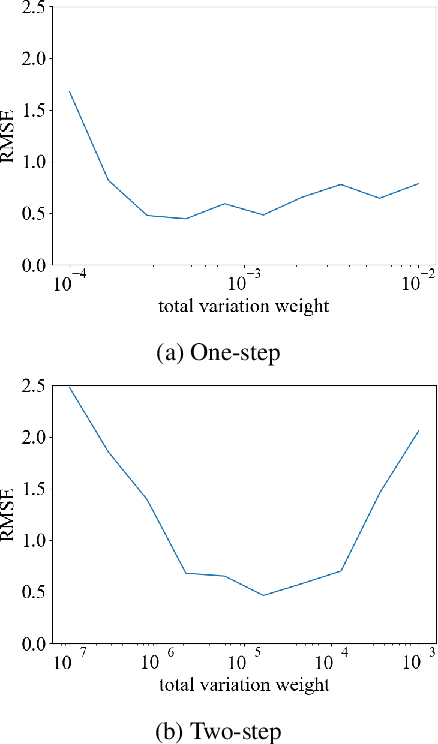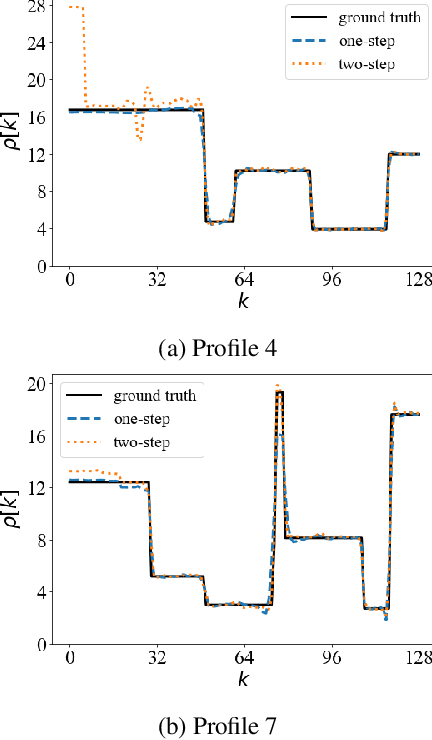Comparing One-step and Two-step Scatter Correction and Density Reconstruction in X-ray CT
Paper and Code
Oct 15, 2021



In this work, we compare one-step and two-step approaches for X-ray computed tomography (CT) scatter correction and density reconstruction. X-ray CT is an important imaging technique in medical and industrial applications. In many cases, the presence of scattered X-rays leads to loss of contrast and undesirable artifacts in reconstructed images. Many approaches to computationally removing scatter treat scatter correction as a preprocessing step that is followed by a reconstruction step. Treating scatter correction and reconstruction jointly as a single, more complicated optimization problem is less studied. It is not clear from the existing literature how these two approaches compare in terms of reconstruction accuracy. In this paper, we compare idealized versions of these two approaches with synthetic experiments. Our results show that the one-step approach can offer improved reconstructions over the two-step approach, although the gap between them is highly object-dependent.
 Add to Chrome
Add to Chrome Add to Firefox
Add to Firefox Add to Edge
Add to Edge